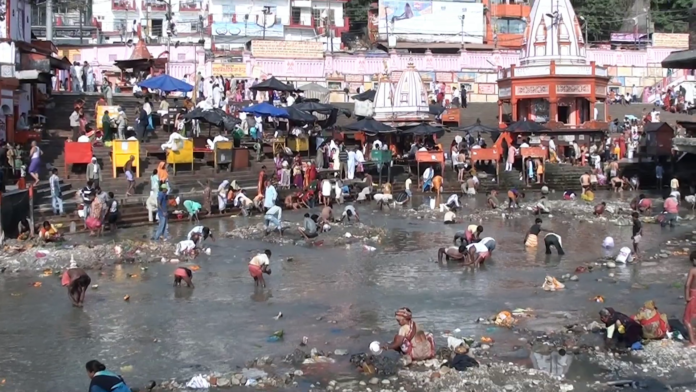New Delhi (NVI): More than one billion litres of raw sewage flows every day into India’s most sacred river Ganga, according to a latest study.
The river, which is known as the lifeline for nation, spiritually and economically, is facing several challenges, says the report of the World Economic Forum on Ganga.
The pollution of the river is greatly aggravated with plastic and industrial residue, such as waste water from the leather tanneries that sit on the banks of the Ganges, the report says.
At some places, the river water’s bacteria count reaches 3,000 times the limit declared safe for bathing by the World Health Organization, it says.
The river and its tributaries touch the lives of roughly 500 million people. But having flowed for millennia, today it is reaching its capacity for human and industrial waste, while simultaneously being drained for agriculture and municipal use, the report says.
Unpredictable rains, caused by Climate Change, are increasing the likelihood of extreme weather events like droughts, and leaving the fishermen of the Ganges with dwindling catches.
The most worrying problem facing the river is its increasing depletion of water.
Water for irrigation is being removed faster than the rainy season can replenish it.
The Ganges is being throttled by more than 300 dams and diversions, with many more blocking its tributaries, stopping the natural ebb and flow of the river.








